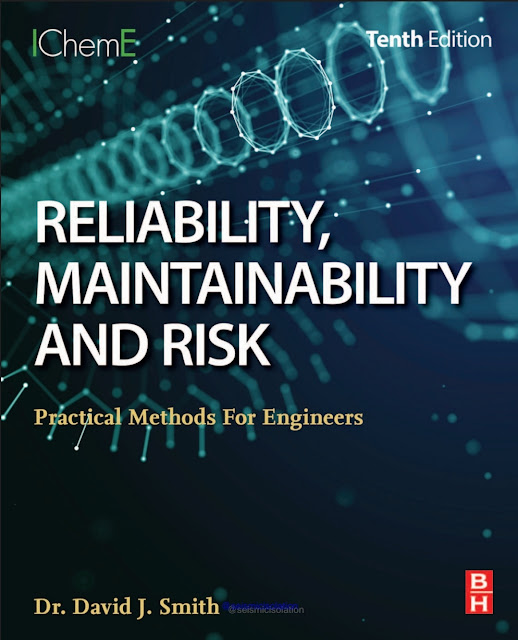Reliability, Maintainability and Risk
Following the first three editions of Reliability, Maintainability in Perspective, it was renamed, in 1993, Reliability, Maintainability, and Risk. The sixth edition, in 2001, incorporated material from my PhD studies into common cause failure and into the correlation between predicted and achieved field reliability. Once again, the time has come to update the material as a result of continuing developments in the field of Reliability and Functional Safety.
The techniques explained in this book apply equally to both reliability and safety engineering and can also be used to optimize maintenance strategies. The collection of techniques concerned with reliability, availability, maintainability, and safety is often referred to as RAMS.
A single defect can easily cost as little as £500 in diagnosis and repair if it is detected early in production, whereas the same defect in the field may well cost several thousands of pounds to rectify. If it also transpires that the failure is a design fault, then the cost of redesign, documentation, and retest may well be in tens or even hundreds of thousands of pounds. This book emphasizes the importance of using reliability techniques to discover and remove potential failures early in the design cycle. Compared with such losses, the cost of these RAMS activities is easily justified.
It is the combination of reliability and maintainability that dictates the proportion of time that any item is available for use or, for that matter, is operating in a safe state. The key parameters are failure rate and down time, both of which determine the failure costs. As a result, techniques for optimizing maintenance intervals and spares holdings have become popular since they lead to major cost savings. “RAMS” clauses in contracts, and in invitations to tender, are commonplace. In defence, telecommunications, oil and gas, and aerospace, these requirements have been specified for many years. More recently, the transport, medical, and consumer industries have followed suit. Furthermore, the raft of guidance, and legislation, in the liability and safety areas provides strong motivation for this type of assessment. Much of the activity in this area is the result of European and other standards and guidance documents. These are described where relevant.
Software tools have been in use for RAMS assessments for many years and only the simplest of calculations are performed manually. This tenth edition mentions a number of such packages. Not only are computers used to carry out reliability analysis but are themselves the subject of concern. The application of brogrammable devices in control equipment, and in particular safety-related equipment, has widened dramatically since the mid-1980s. The reliability/quality of the software, and the ways in which it could cause failures and hazards,is of considerable interest. Chapters 17 and 22 cover this area.
Quantifying the predicted Reliability/Availability, although important in pinpointing areas for redesign, does not of itself create more reliable, safer, or more easily repaired equipment.
Too often, the author has to discourage efforts to refine the “accuracy” of a reliability prediction when an order of magnitude assessment would have been adequate. In any engineering discipline, the ability to recognize the degree of accuracy required is of the essence. It happens that RAMS parameters are subject to wide tolerances and, thus, judgments must be made on the basis of one- or, at best, two-figure accuracy. Benefit is only obtained from the judgment and subsequent follow-up action, not from refining the calculations.
DOWNLOAD :- HERE
